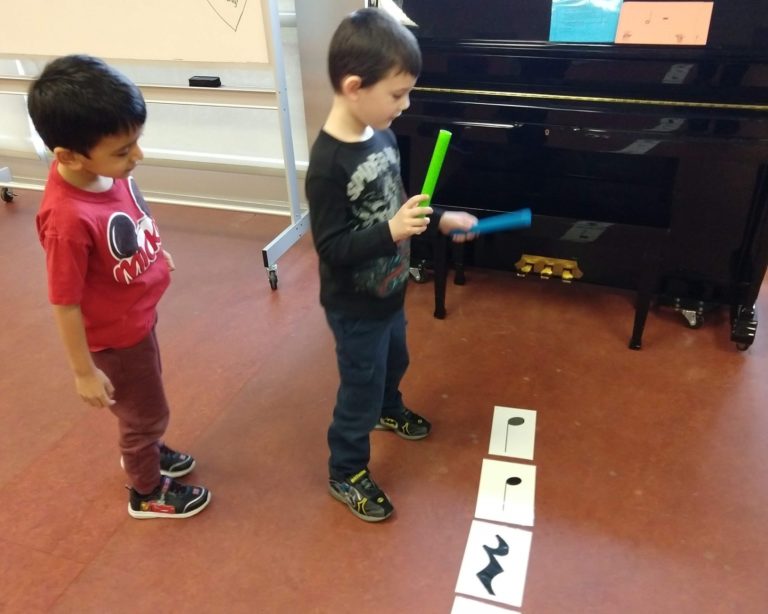A home filled with reading material is a good way to help kids become excited readers. What kind of books should you have? Ask your kids about their interests. If they’re too young to tell you, ask your local librarian for suggestions about age-appropriate books.
Keep a Variety of Reading Materials
Collect board books or books with mirrors and different textures for babies. Preschoolers enjoy alphabet books, rhyming books, and picture books. Elementary-age kids enjoy fiction, nonfiction, and poetry, plus dictionaries and other reference books.
Kids can understand stories they might not be able to read on their own. If a more challenging book interests your child, read it together. Younger kids can look at illustrations in books and ask questions as they follow along.
Keep Reading Materials Handy
Keep sturdy books with other toys for easy exploration. Books near the changing table and high chair can be helpful distractions for younger kids. Plastic books can even go in the bathtub. Keep books next to comfy chairs and sofas where you cuddle up so you can read after feedings and before naps.
Create a Special Reading Place; Make it Inviting
Make sure reading areas have good lighting. Change the materials often — add seasonal books, rotate different magazines, and include books that are about topics your kids are interested in or learning about in school. Decorate the corner with your child’s artwork or writing. Keep a CD or other music player nearby for audio books.
Encourage Creativity
Set up a writing and art center and encourage your kids to make books, posters, or collages that they decorate with their own pictures and writing. Kids love to read things they’ve written themselves or to share their creations with family and friends. Ask your kids to act out the story.
Think About the Reading Environment
Other ways to encourage your kids to read:
- Limit your kids’ screen time (including TV, computer, smartphones, tablets, and video games) to make sure they have time for reading.
- Keep reading activities family-centered, and guide your child in reading activities and media. Even with today’s high use of technology, you can decide how much print and how much media to allow into story time. Reading e-books doesn’t have to mean giving up lap-time. Make sure to snuggle up with a story often, in whatever format.
- Read together. Read a book aloud or ask your child to read to you from a favorite magazine or book. Make a habit of sitting together while you each read your own books, sharing quiet time together.



